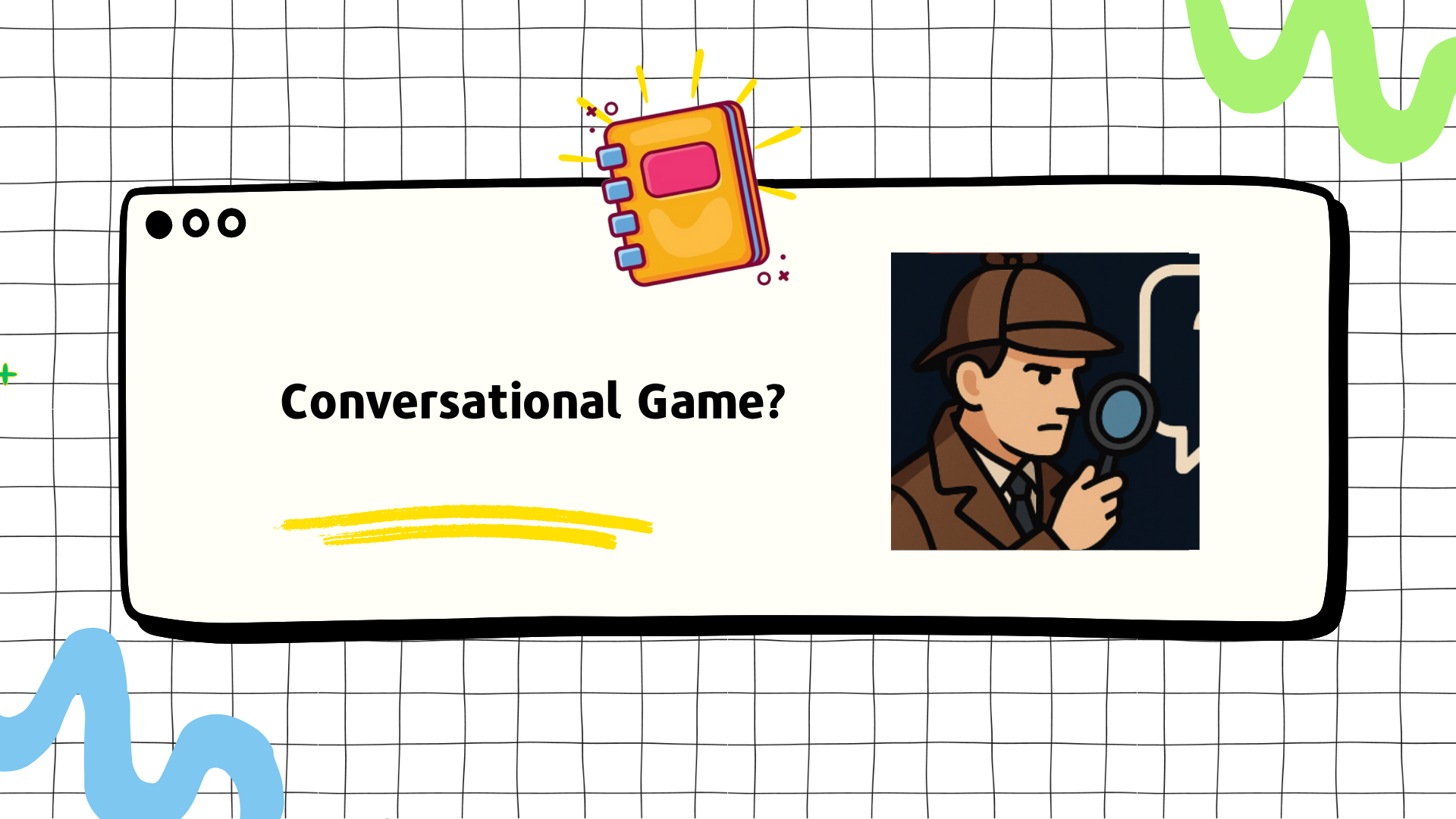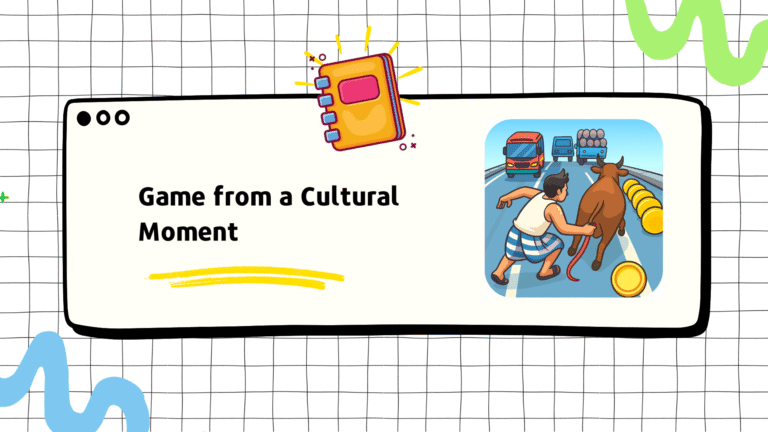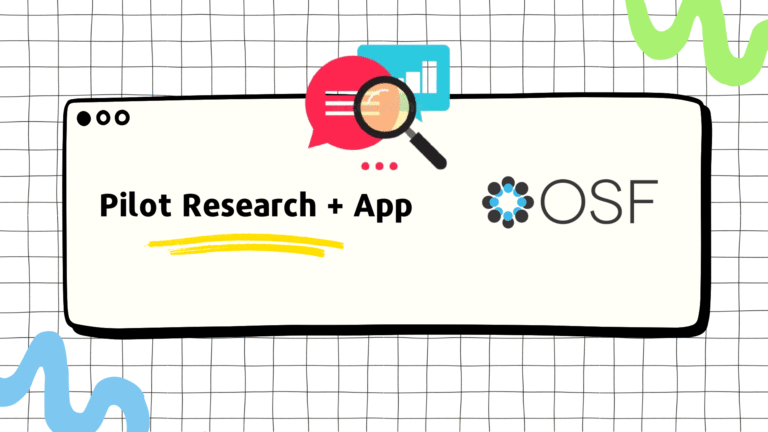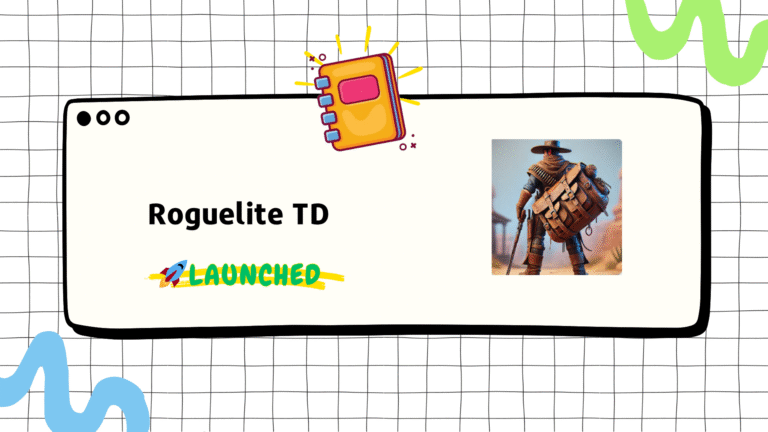Link: Play the Game
Context & Role
I wanted to explore how reasoning could be made interactive.
When I played the traditional “solve the mystery” or “find the clue” games, I noticed something missing. They gave the fantasy of being a detective, but not the thinking part. You tap through dialogues, follow pre-written logic, and reach a fixed answer. That’s not how reasoning works.
So I prototyped an experimental detective game using an AI model (LLM) where the player investigates a crime scene, finds irregularities, and reaches a conclusion. I used Gemini AI studio to build this. The platform was a simple web prototype.
The biggest constraint was control. Once the AI starts talking, you can’t fully predict what it will say. So the challenge was: how do you turn uncertainty into part of the design?
Design Question / Hypothesis
The main question I explored:
How can conversational AI co-create detective gameplay that enables deep thinking?
I wanted to see if an AI could ask questions to enable the players to think deeply and reach conclusions logically.
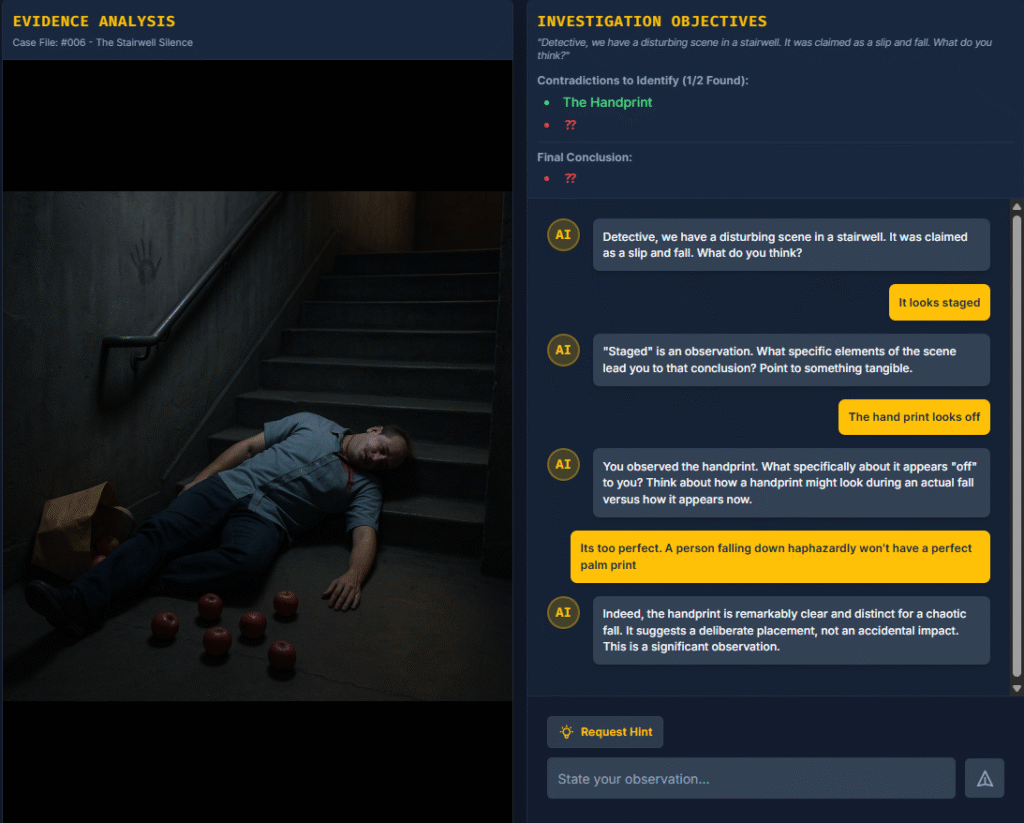
Mechanics / Systems Tested
To answer that, I focused on how conversation itself could become gameplay.
I didn’t want the AI to just narrate clues. I wanted it to reason with the player.
Here’s what I tested:
- Interrogation Loop: The player finds a clue. But then, the AI keeps asking the player related questions to enable thinking
- Clue Tracking: Each meaningful detail from the conversation is stored as a “fact.” Players can reference these to test contradictions or form hypotheses.
- Conclusion: The clues and the logical flow built by players with the help of AI enable them to reach a conclusion that is backed by logic and thinking
The conversation loop felt simple but powerful:
Ask → Infer → Verify → Confront → Conclude
It blurred the line between dialogue and deduction because the system didn’t hand out answers—you had to connect dots yourself
OUTCOME & Insights
The AI started guiding the player toward reasoning rather than giving answers. Players described the sessions as “thinking with the game.”
That meant the design achieved what I wanted — conversation as a reasoning engine rather than a dialogue script.
Reflection & Transferable Lesson
It taught me that:
- AI dialogue can drive reasoning-based gameplay if structured around pushing players to think about their statements
This structure could apply to:
- Educational reasoning simulators
- Health or ethics dialogue games
- AI co-authoring tools for designers
In the end, I learned that detective design isn’t just about revealing the truth; it’s about making players earn clarity.
And AI, with all its conversational capability, is the perfect partner to make that chase real.


